Cultural connection: Mono Japan celebrates Eastern craft in Amsterdam

Last week, we discovered how special the design marriage between The Netherlands and Japan truly is. Taking place at Amsterdam's eclectic Lloyd Hotel – a location that is as Dutch and design as you can get – was the inaugural Mono Japan fair.
'I have never seen so many Japanese people together in one place in Amsterdam before,' one attendee exclaimed. A world away from lifeless exhibition halls, the fair was totally unique; we found true Japanese craft peeking its way out of bathtubs, propped up on beds and settled on sinks.
The Lloyd was a backdrop with true personality. Owner Suzanne Oxenaar would prefer not to call it a design hotel, having refurbished many of the pieces that existed in its previous life as an immigrant hotel. These included the up-cycled white wooden chairs in their restaurant; vintage works that have been given leather seats, or had their spines removed. Despite this, the hotel still houses striking products by a plethora of designers – including Studio Job, Scholten & Baijings and Joep van Lieshout – dotted around the narrow halls and boldly diverse rooms.
The fair showed many practices never displayed outside of Kyoto, Nagasaki or Tokyo before. Thus, the excitement about their craft was understandably heightened, though slightly lost in translation. The disciplines on show spanned design and fashion, to food and music, with interactive events such as kite making, knife sharpening and tea tasting taking place over all six floors of the Lloyd.
'Interest in Japanese handicraft in the Netherlands is remarkable' explains Japanese-born, Amsterdam-based Emiko Chujo, the fair's organiser. 'It stands in sharp contrast to the design scene here where progress, innovation, rationality and modern techniques such as 3D printing set the tone.’
An array of sculptural pieces stood out. Takarajima Senkou, who works from a plant dying factory, used natural Indian indigo to dye hanging stones for her ornamental mobile. Mixed with plated copper shapes, the organic stones are hollow for candles to be placed inside, changing the stone's hues while it moves. Over in the fifth floor loft space, Ryo Okamoto’s sculptures featured intriguing material uses. Inspired by the Japanese Edo period and Hawaiian lava, his fiery malachite form Believer was bathed in a celestial light.
Elsewhere, Tokyo-based Masayuki Kurokawa's refined cast iron tea pots stood strong next to shimmering gold plates inspired by Japanese painter Ogata Kōrin. Meanwhile, showing for the first time outside of Tokyo, sound system designers Taguchi Craftec Co presented ‘Little Bell’, speakers that create subtle sounds via a layered effect in the wood.
Brands with existing international attention also had a presence. Time & Style set their immaculate porcelain tableware and rustic furniture across two rooms; while the Netherlands-based Based on Roots showcased their playful florescent lunch boxes and charming coffee grinders by Takumi Shimamura.
'All of the participants of the fair will stay a full week in the hotel,’ Oxenaar explains. ‘That’s how you really get to know each other and learn each other's culture.’ It was certainly an enveloping experience; to be quite honest, we didn’t want to leave.
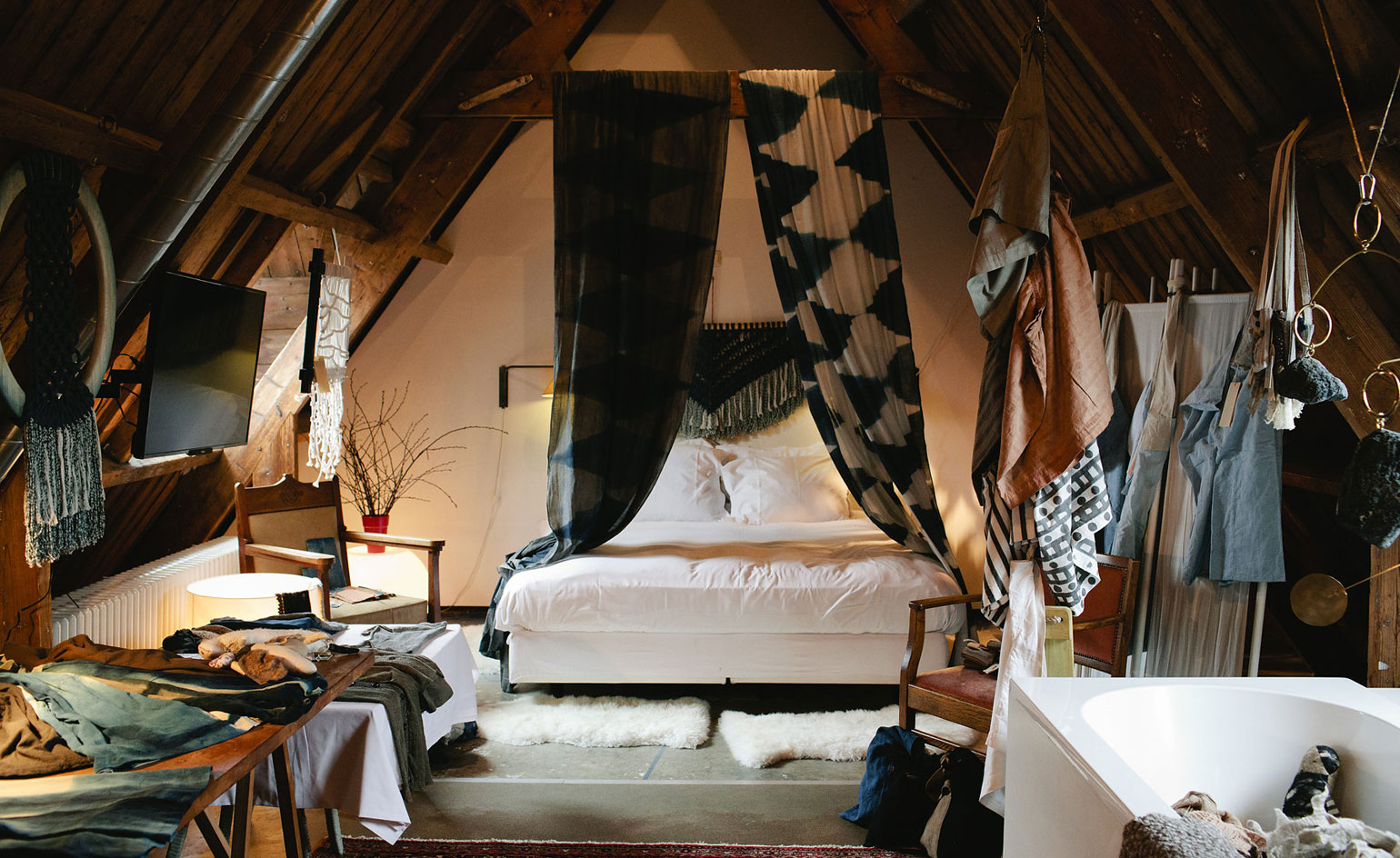
Takarajima Senkou's set up of products from her plant dying factory
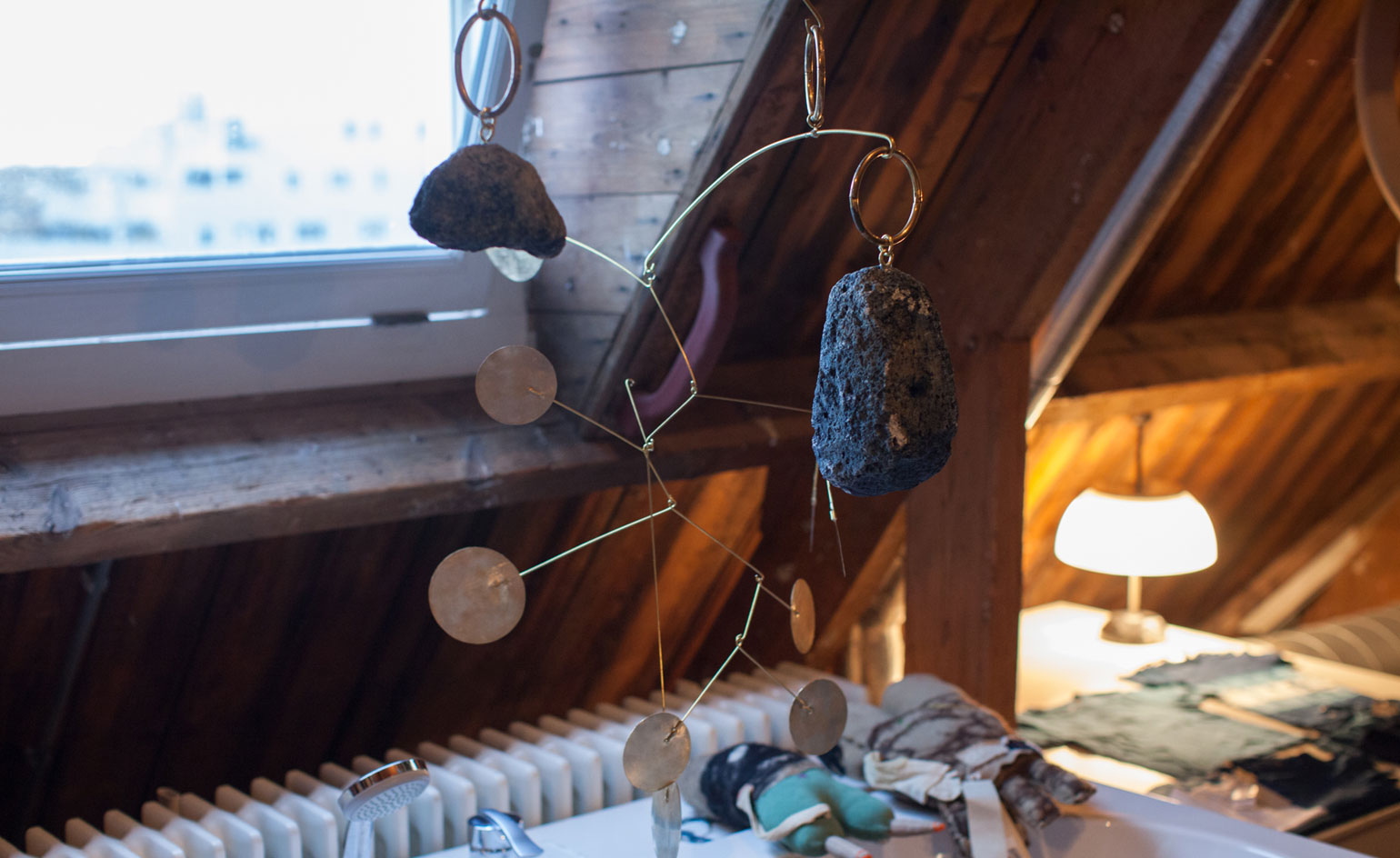
Senkou used natural Indian indigo to dye hanging stones in this ornamental mobile. Mixed with plated copper shapes, the organic stones are hollow so that candles can be placed inside, changing the stone's hues while it moves

Believer, by Okamoto Ryo, is made of malachite and takes inspiration from Hawaiian lava flames and Japan's final traditional Edo period
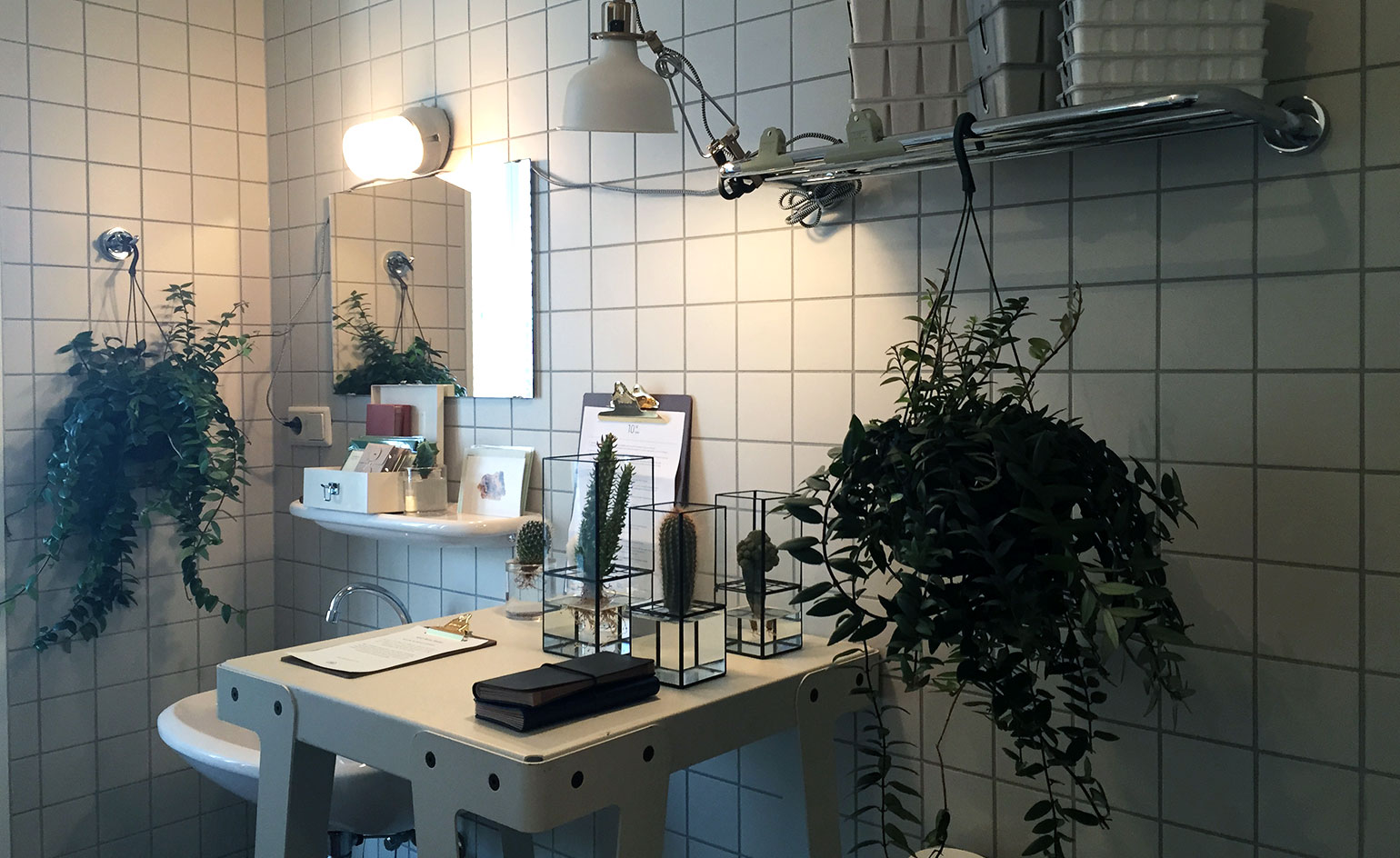
Misc Store designed a clinical set up for their graphic stationary and paper goods
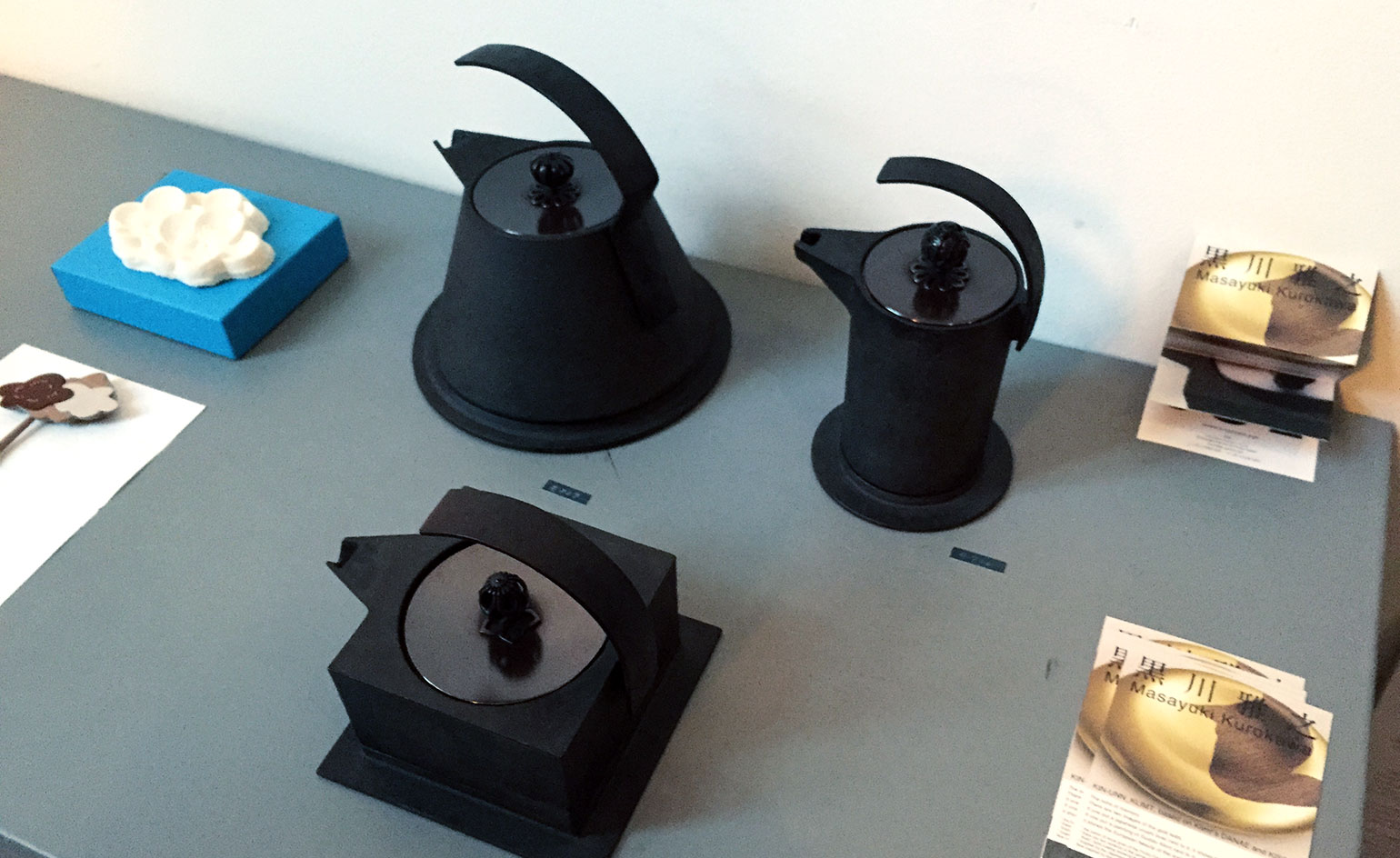
Crafted cast iron kettles by Tokyo-based Masayuki Kurokawa
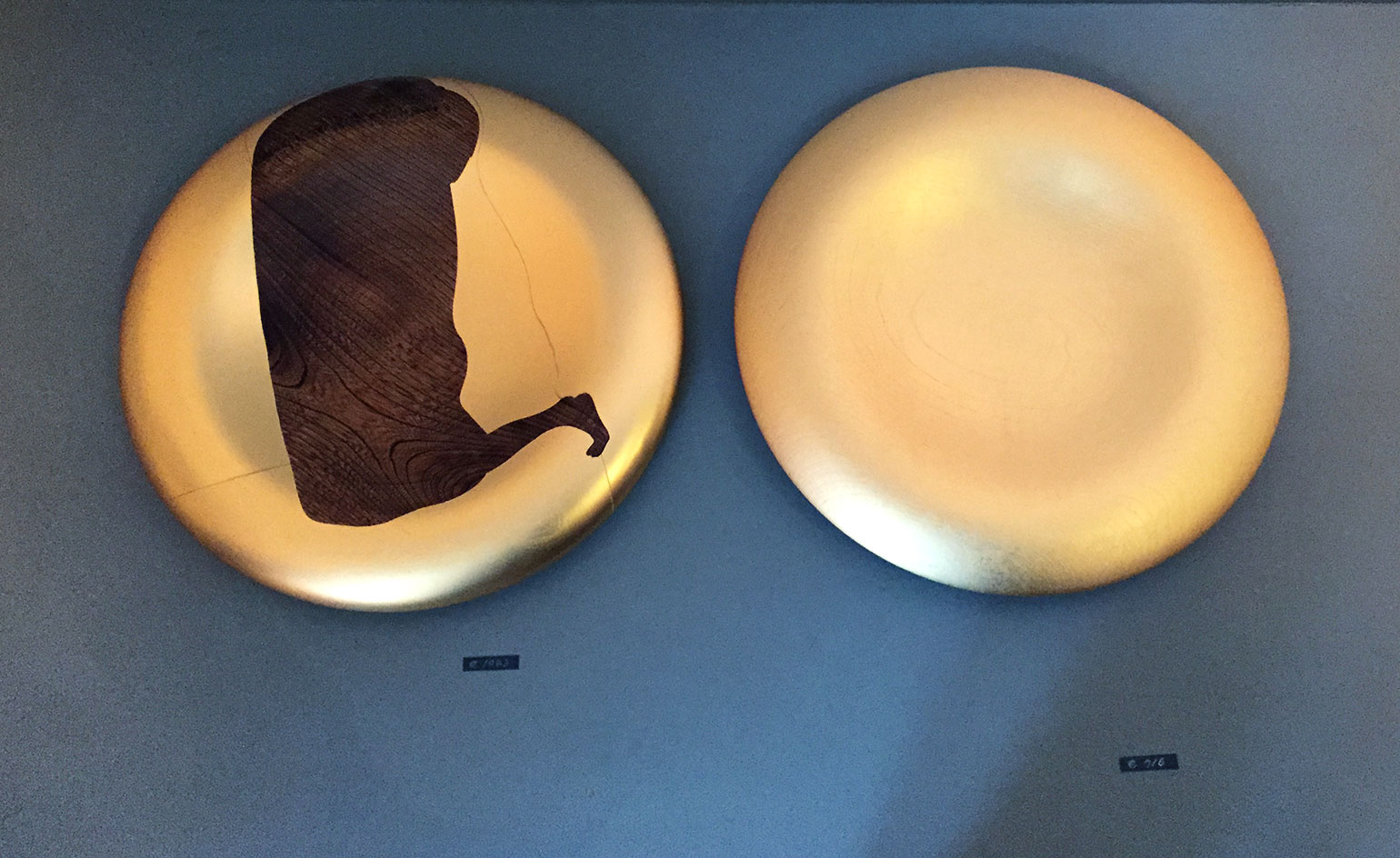
Kurokawa's plates were inspired by Japanese painter Ogata Kōrin
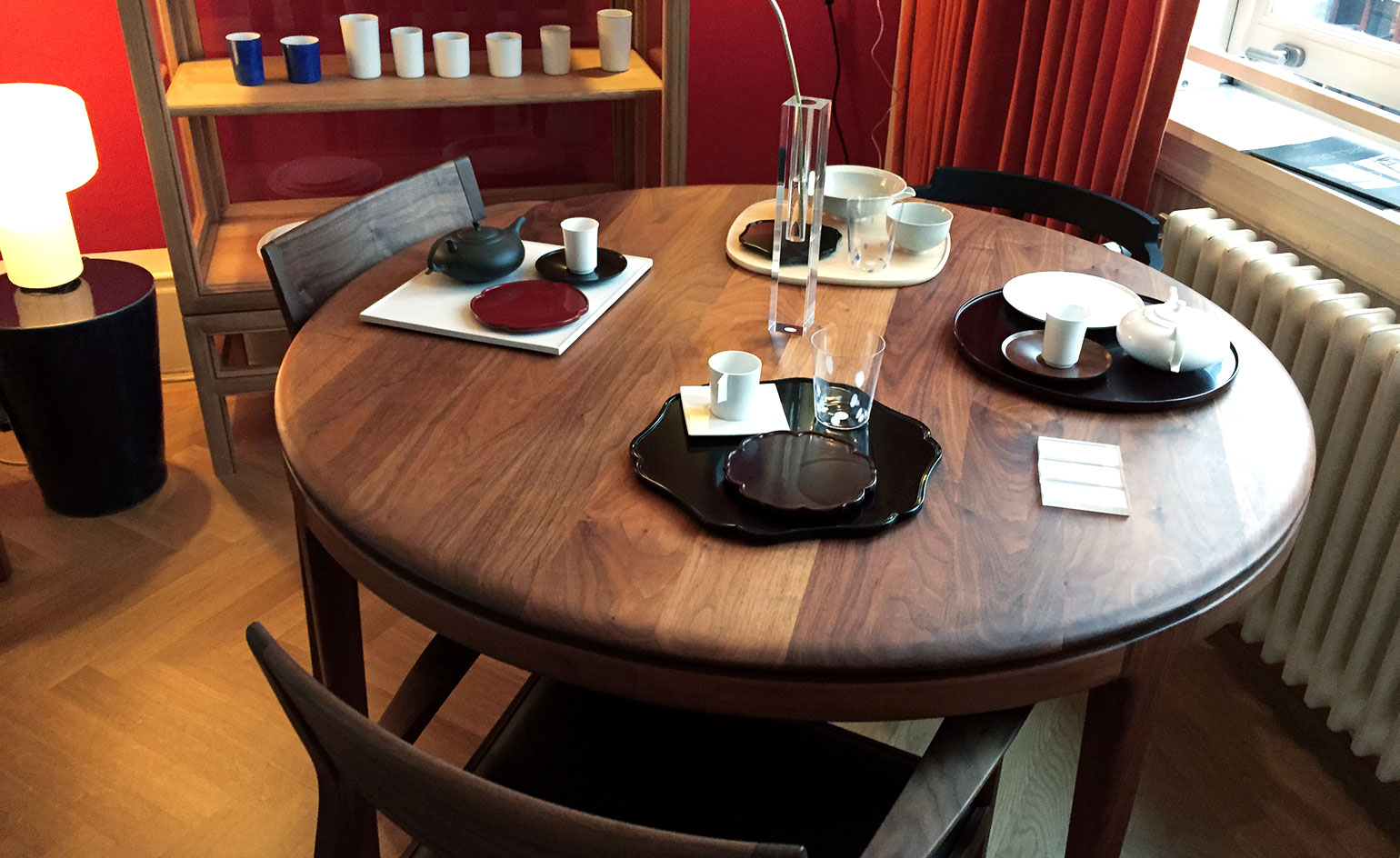
Brands with existing international attention also had a presence – Time & Style set up a living space in one of the Lloyd Hotel's drawing rooms
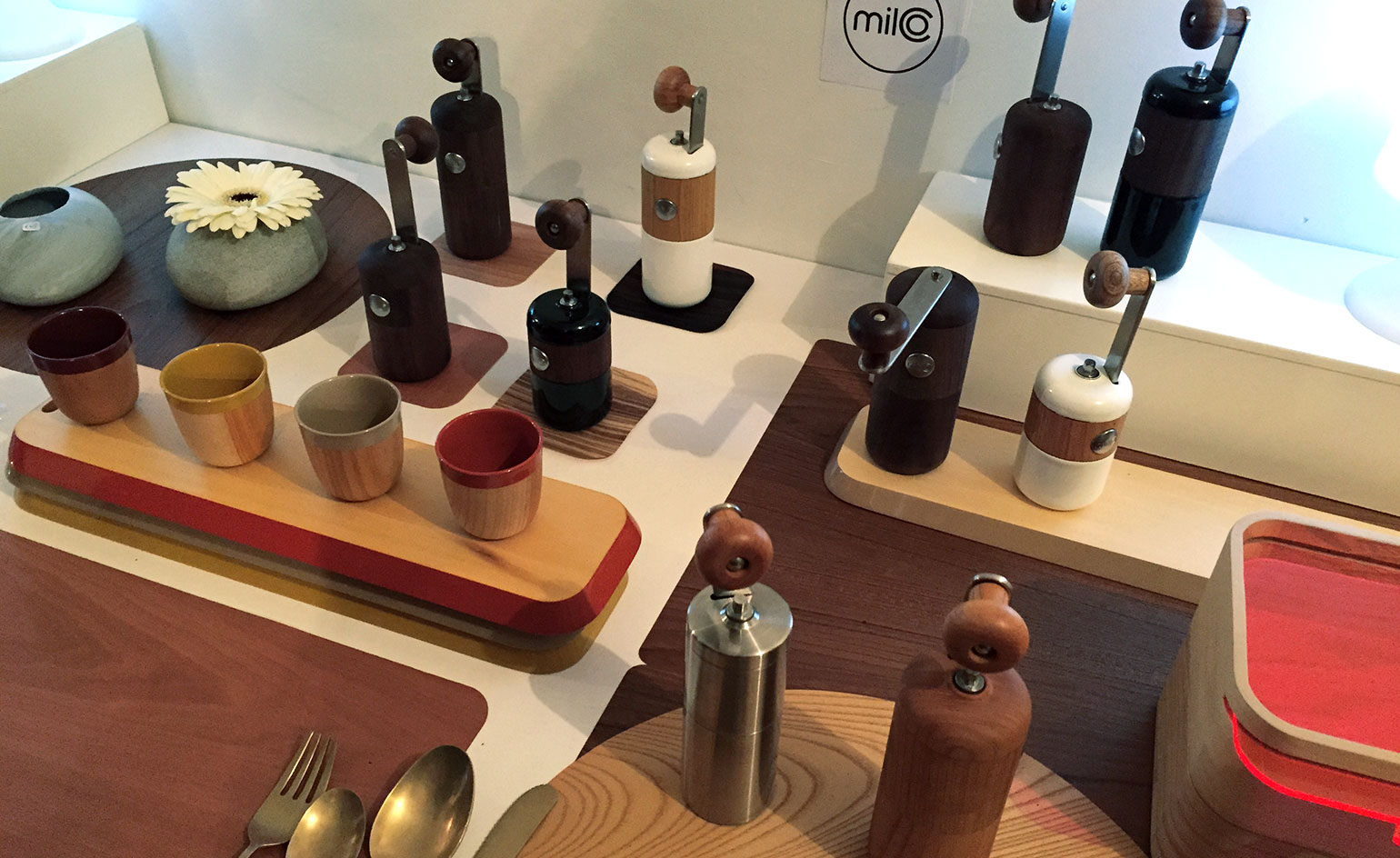
Artisanal coffee grinders by Takumi Shimamura, from the Netherlands-based retailer Based on Roots
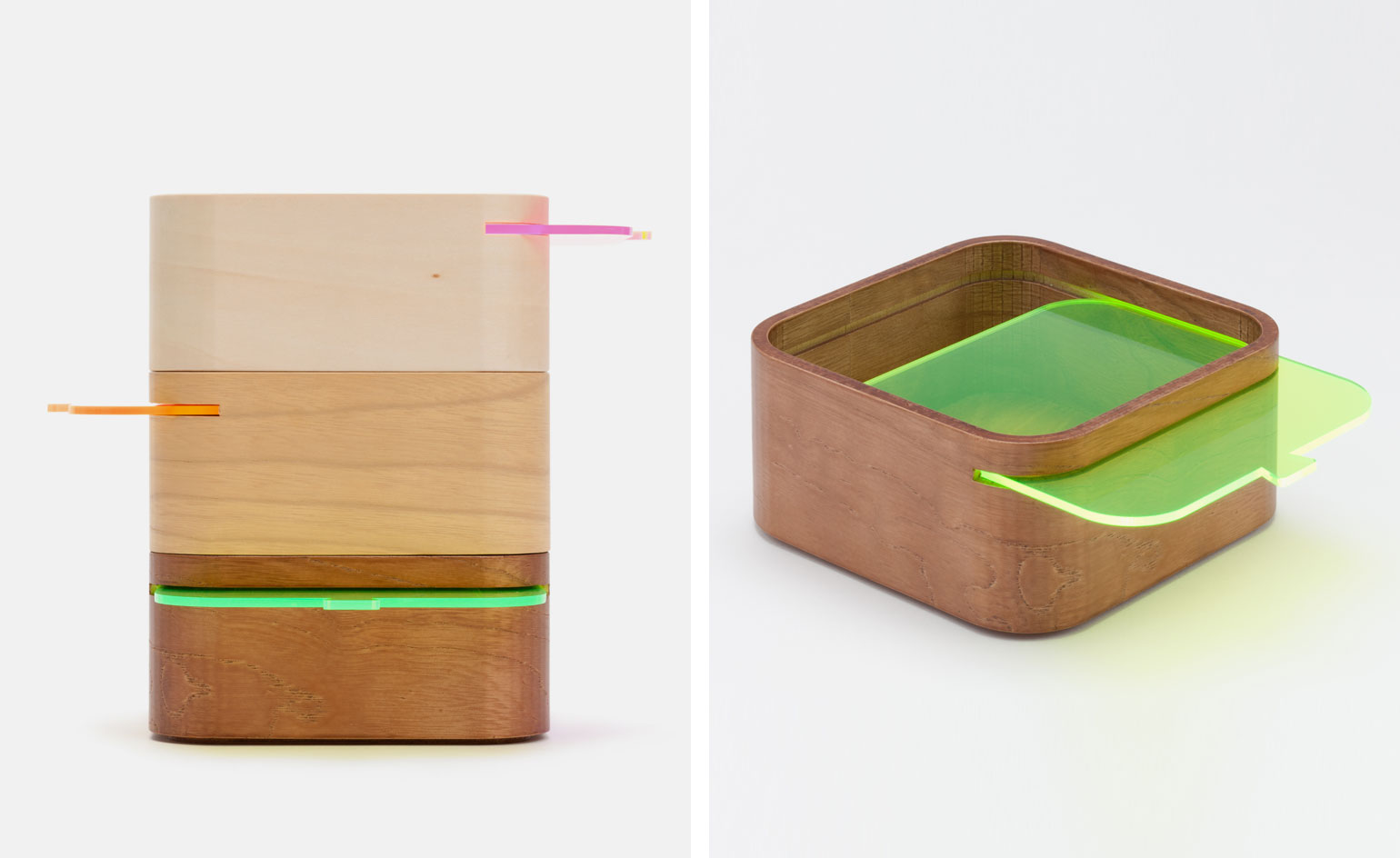
Playful lunch boxes by Takumi Shimamura, from Based on Roots

In a special manufacturing process called 'BIZEN-yaki(ware),' designer Ichiro Mori creates his clay pottery using natural glazes and specific kiln temperatures
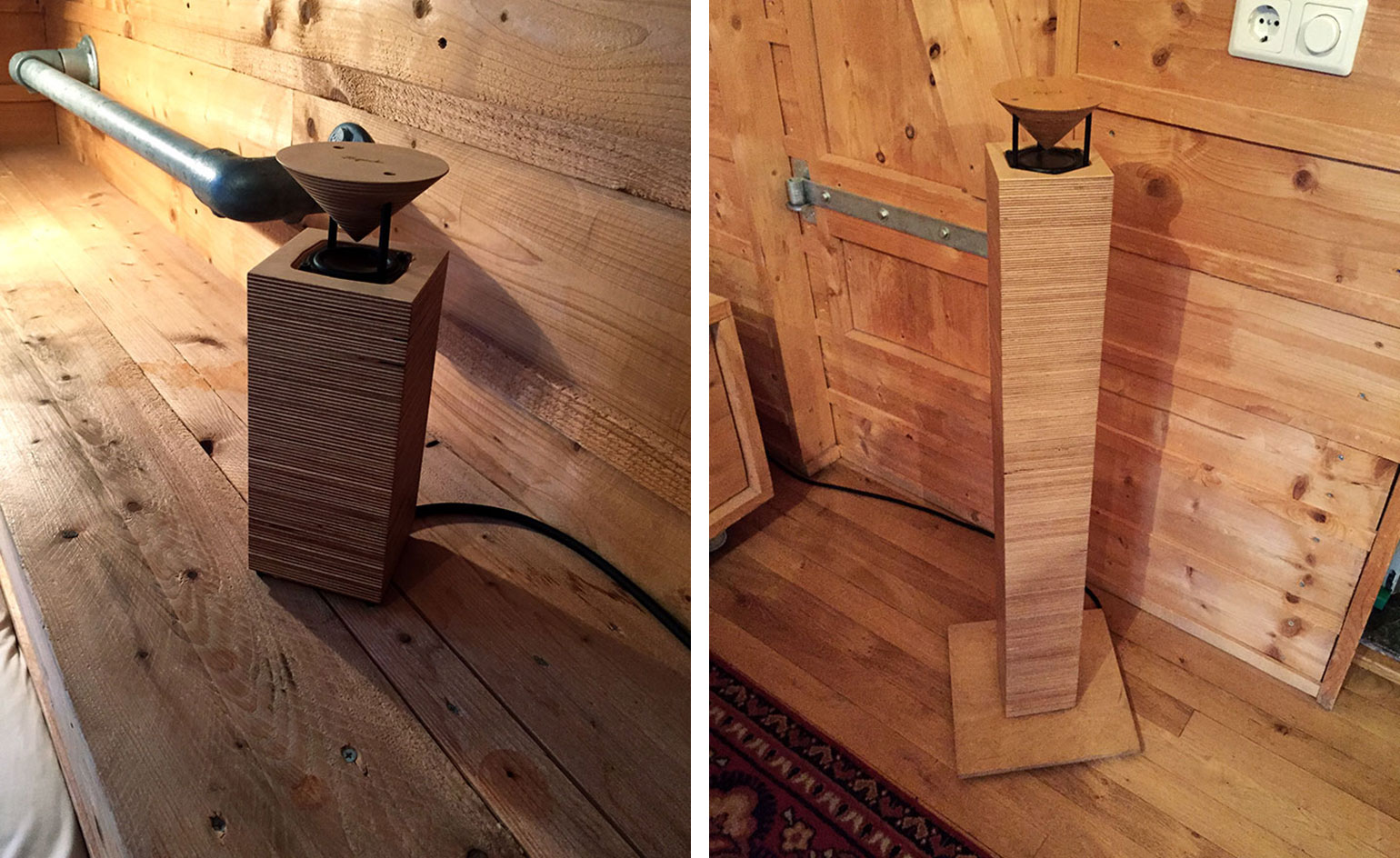
Showing for the first time outside of Tokyo, sound system designer Taguchi Craftec Co presented their ‘Little Bell’ speakers, that create subtle sounds via a layered effect in the wood
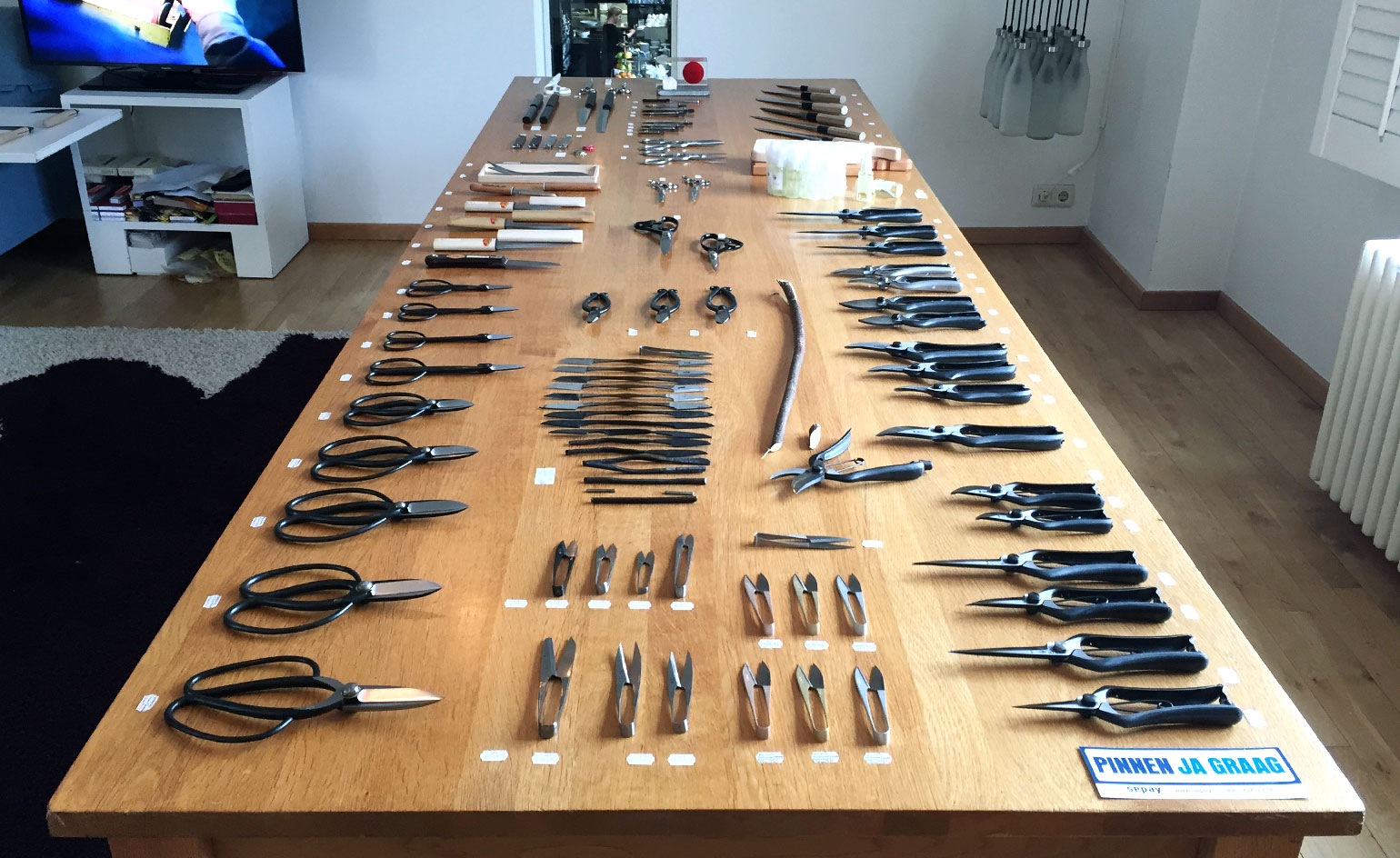
A host of elegant pieces by blacksmith Banshu Hamono, who hosted knife sharpening workshops during the fair

Known for their sculpted lacquer works, Bluevox! presented their 'Shizuku' bowls
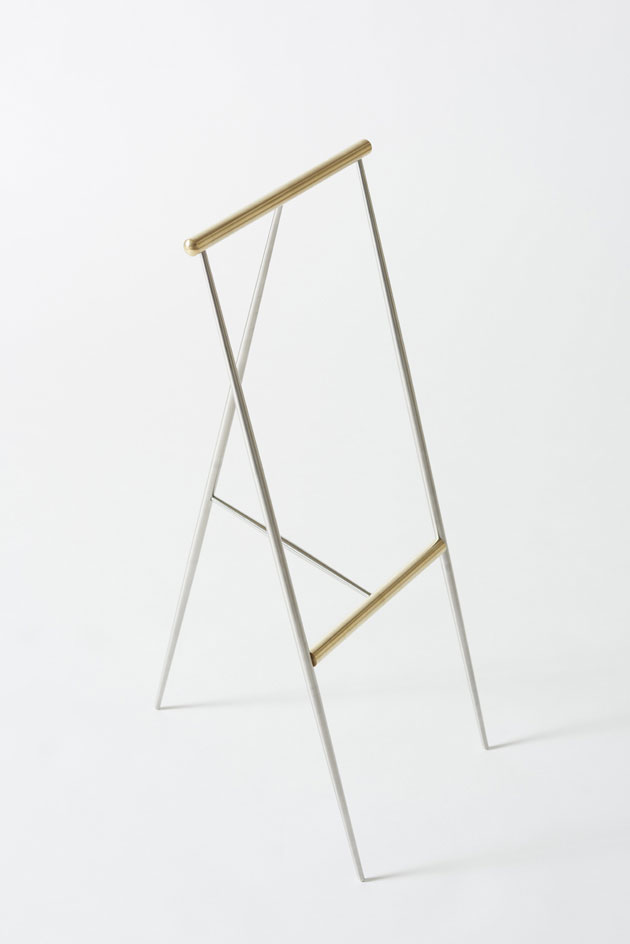
Also on show by Bluevox! was a minimalist stool by Gaku Takasu
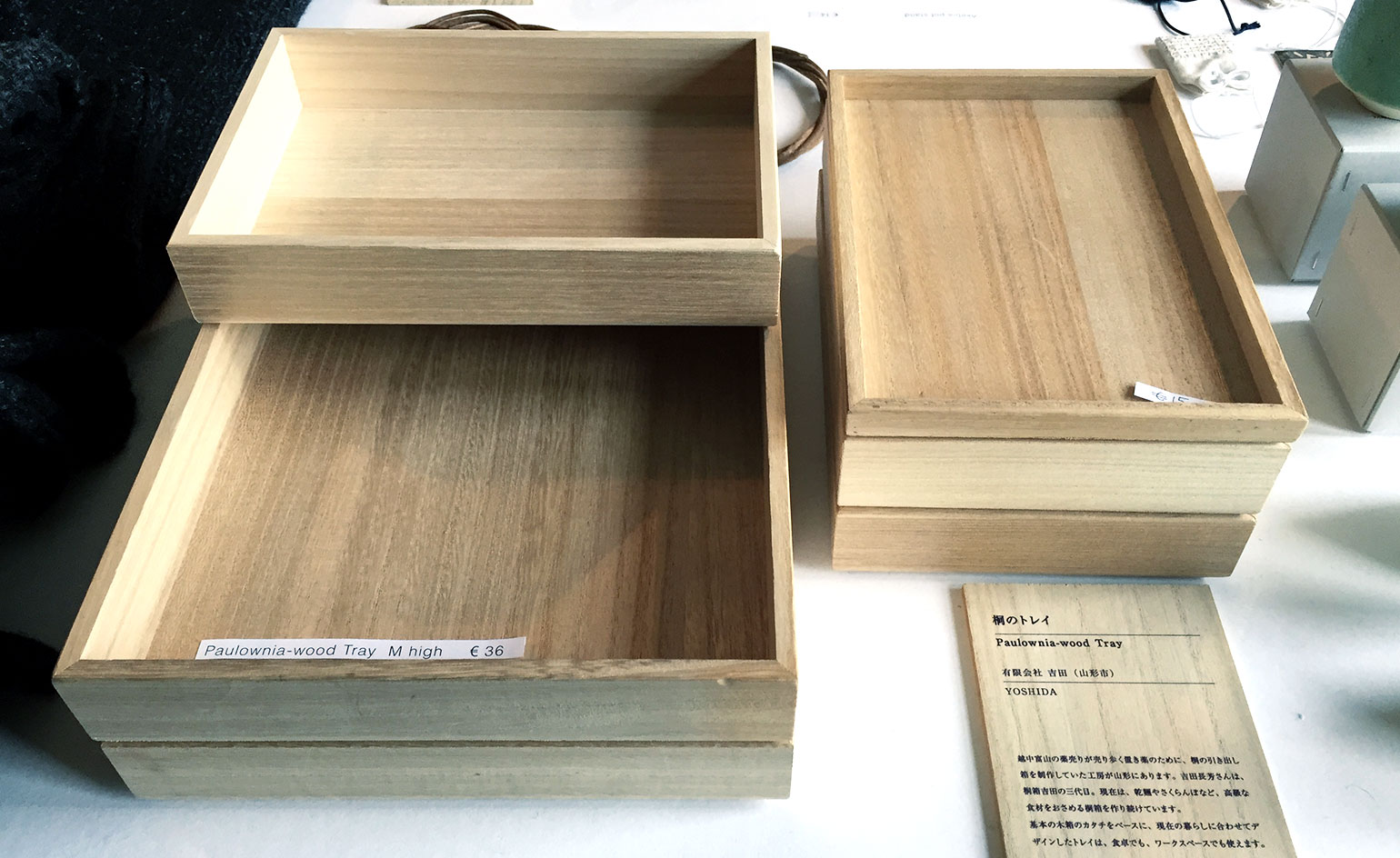
INFORMATION
For more information, visit Mono Japan’s website
Receive our daily digest of inspiration, escapism and design stories from around the world direct to your inbox.
Sujata Burman is a writer and editor based in London, specialising in design and culture. She was Digital Design Editor at Wallpaper* before moving to her current role of Head of Content at London Design Festival and London Design Biennale where she is expanding the content offering of the showcases. Over the past decade, Sujata has written for global design and culture publications, and has been a speaker, moderator and judge for institutions and brands including RIBA, D&AD, Design Museum and Design Miami/. In 2019, she co-authored her first book, An Opinionated Guide to London Architecture, published by Hoxton Mini Press, which was driven by her aim to make the fields of design and architecture accessible to wider audiences.
-
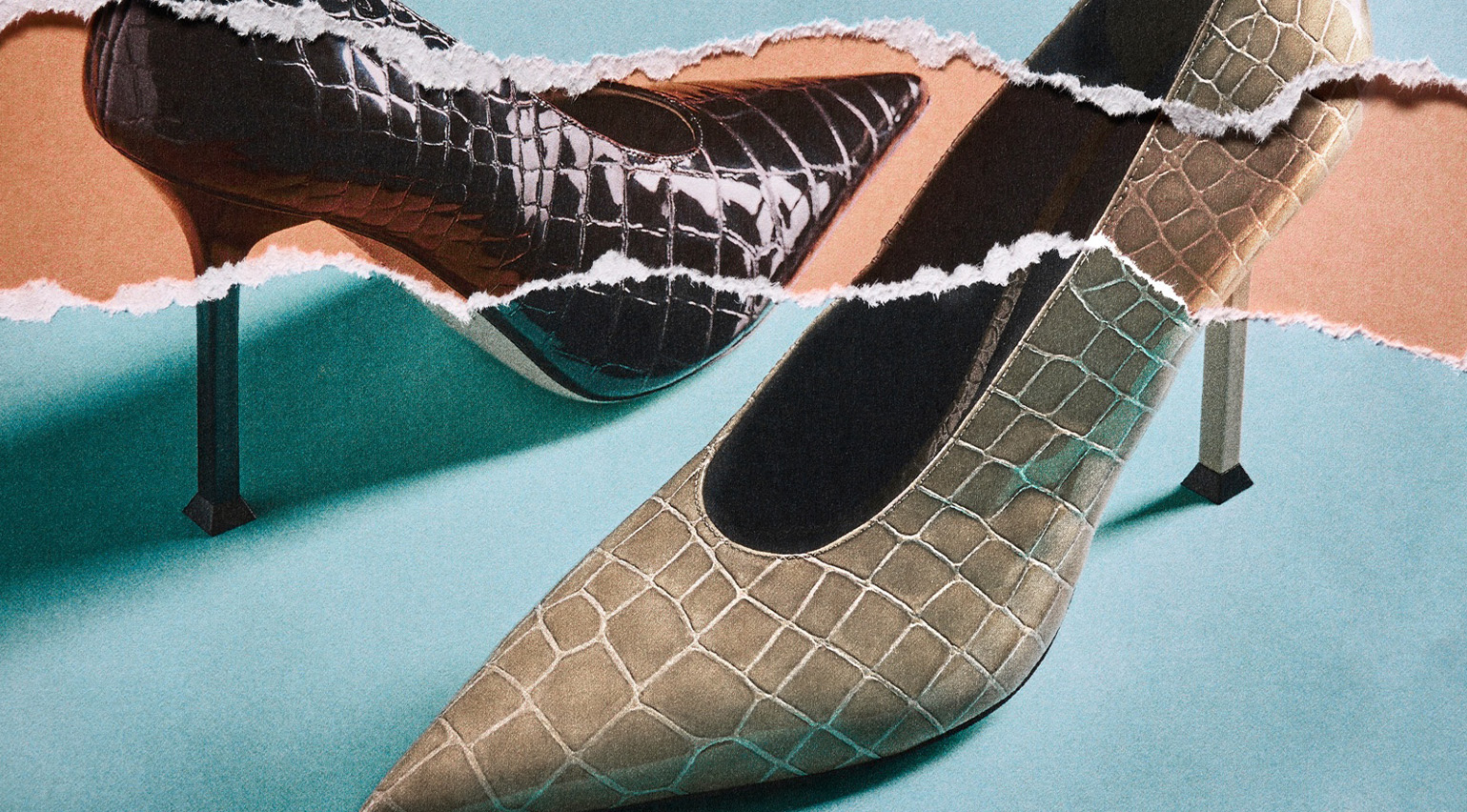 Nina Christen is the designer behind fashion’s favourite – and most playful – shoes
Nina Christen is the designer behind fashion’s favourite – and most playful – shoesShe’s created viral shoes for Loewe and Dior. Now, the Swiss designer is striking out with her own label, Christen
-
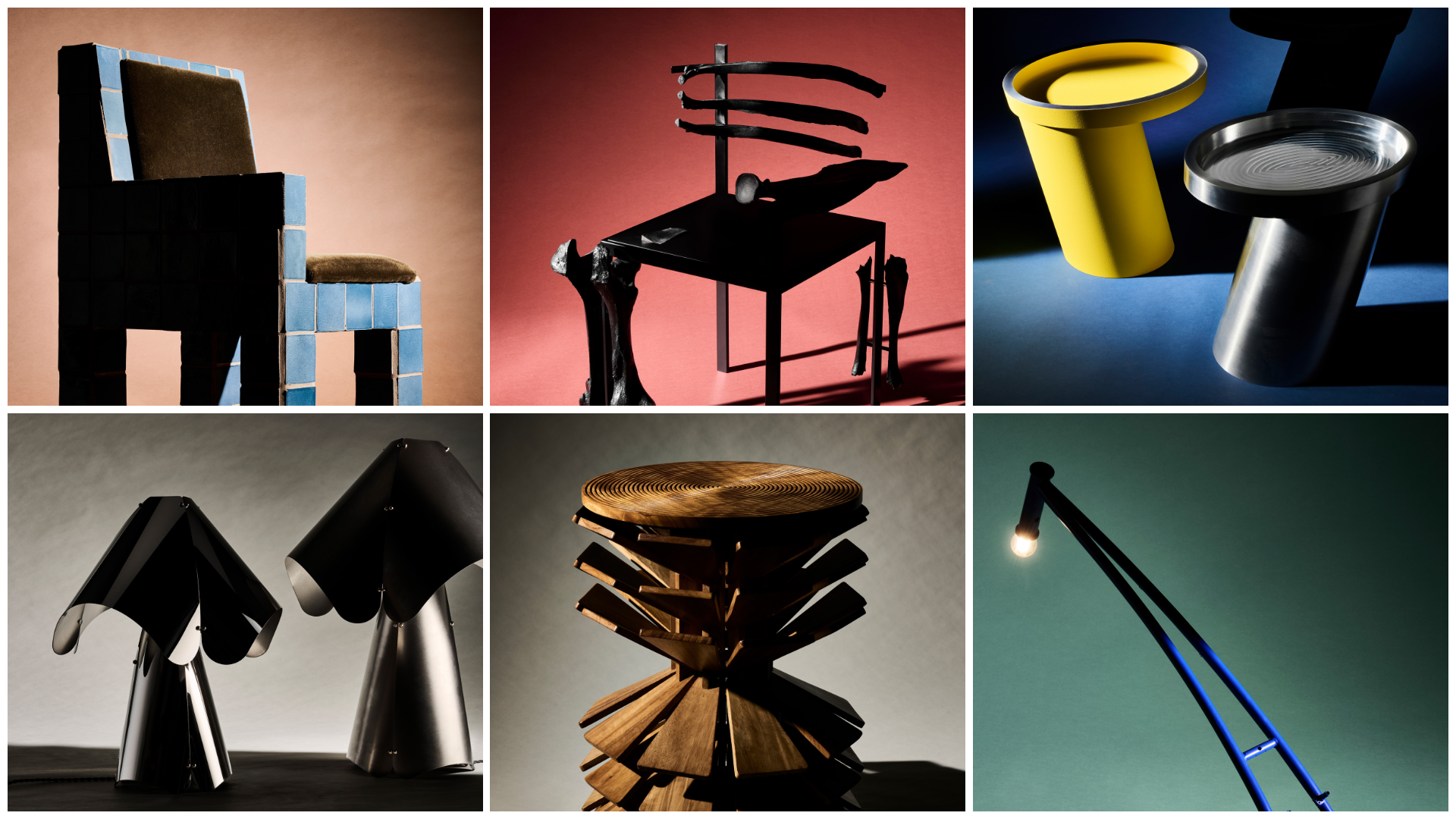 These are the 12 emerging designers we are excited to follow into 2026
These are the 12 emerging designers we are excited to follow into 2026These are the designers to watch for 2026: from unpredictable glassmakers to furniture designers working with bones, textile artists exploring ancient techniques and makers giving new life to mundane tools
-
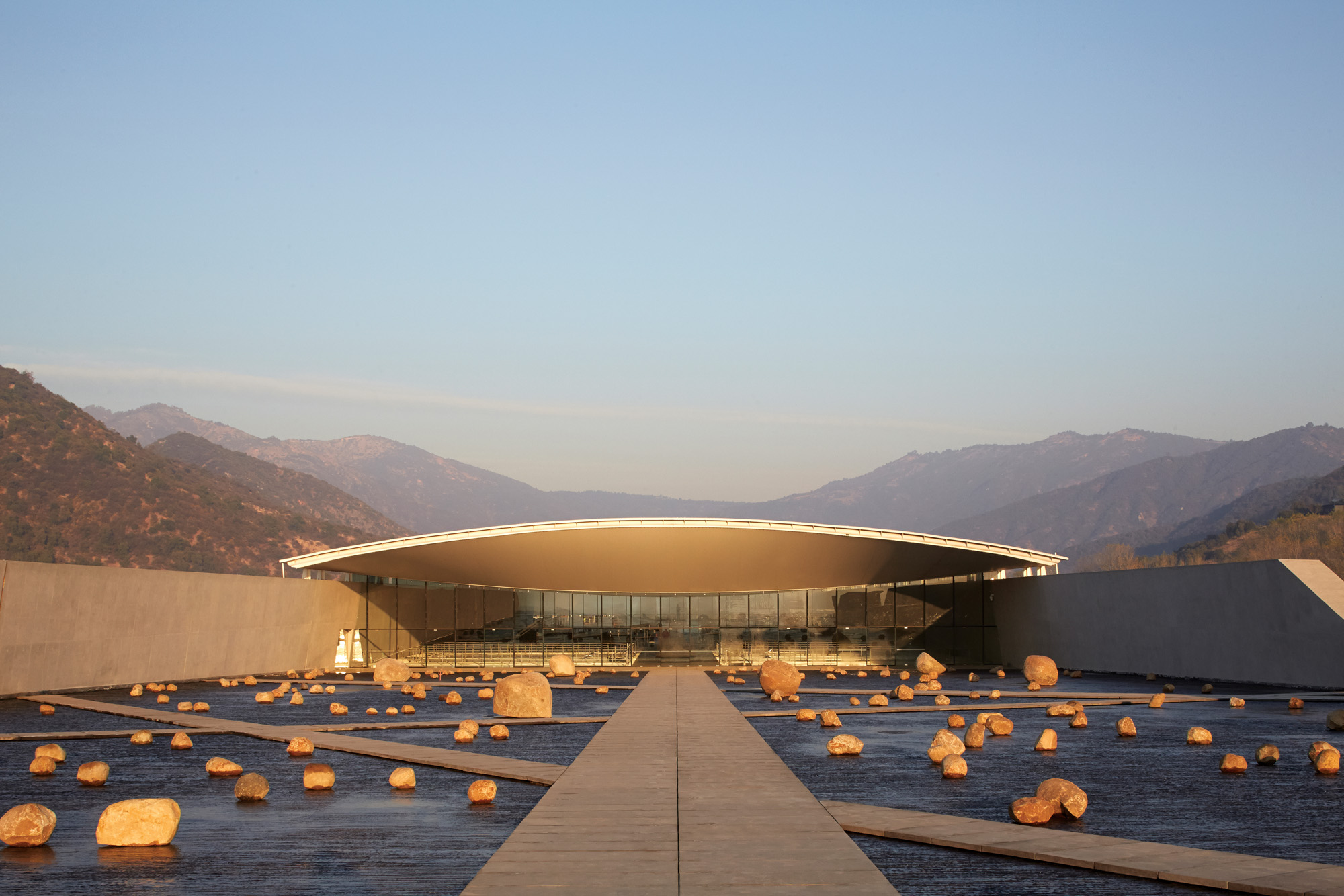 Traditional methods underpin Smiljan Radic's designs: 'I am not a creator of new shapes'
Traditional methods underpin Smiljan Radic's designs: 'I am not a creator of new shapes'Smiljan Radic is building a reputation with fabric roofs, fake ruins and a supporting cast of boulders; we visit a story from the Wallpaper* archives, exploring the architect's work, from a Chilean winery to London’s 2014 Serpentine Pavilion
-
 The most anticipated hotel openings of 2026
The most anticipated hotel openings of 2026From landmark restorations to remote retreats, these are the hotel debuts shaping the year ahead
-
 Five travel destinations to have on your radar in 2026
Five travel destinations to have on your radar in 2026The cultural heavyweights worth building an itinerary around as culture and creativity come together in powerful new ways
-
 The best way to see Mount Fuji? Book a stay here
The best way to see Mount Fuji? Book a stay hereAt the western foothills of Mount Fuji, Gora Kadan’s second property translates imperial heritage into a deeply immersive, design-led retreat
-
 The most stylish hotel debuts of 2025
The most stylish hotel debuts of 2025A Wallpaper* edit of this year’s defining hotel openings. Design-led stays to shape your next escape
-
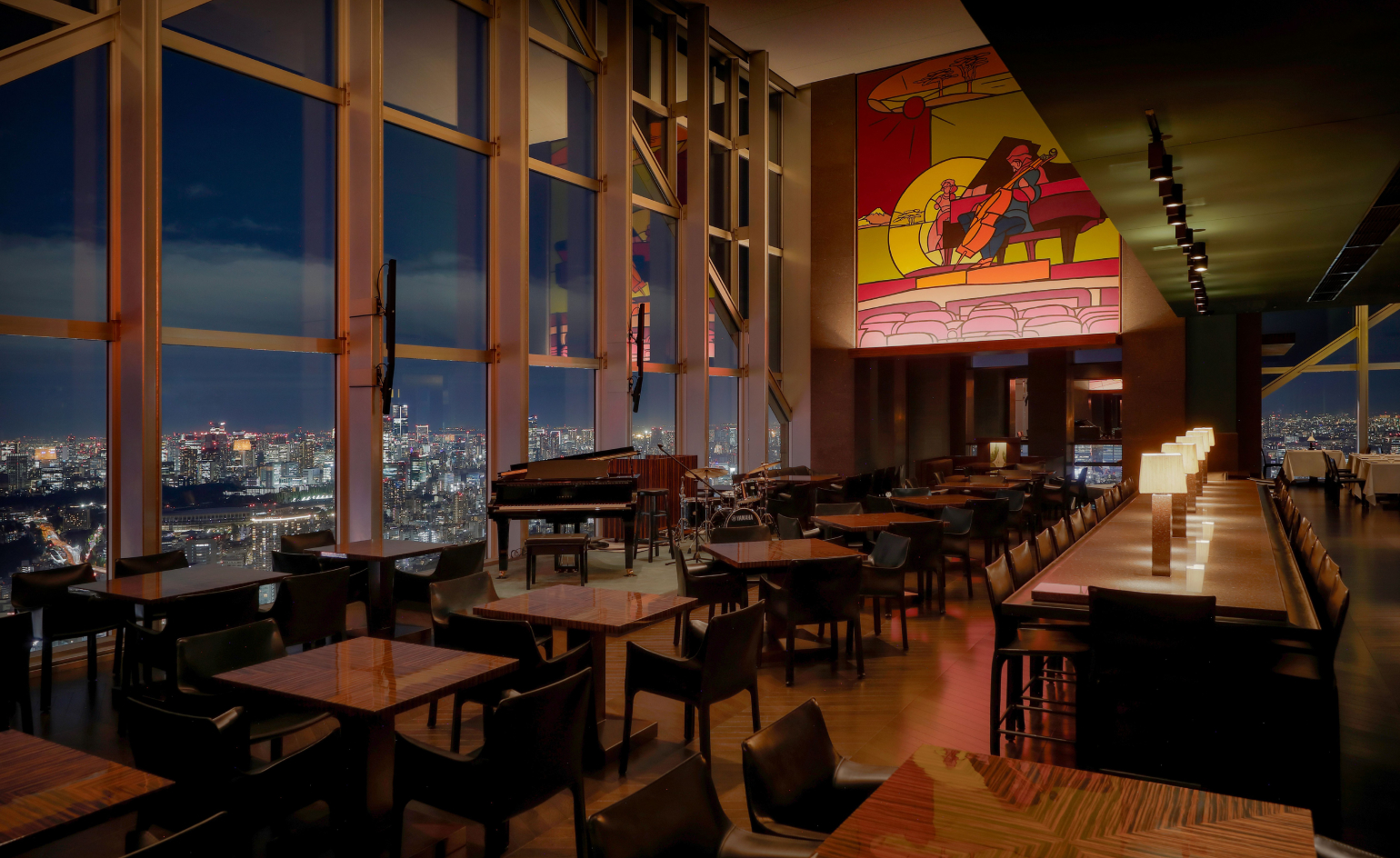 Tokyo’s most cinematic stay reopens as an exercise in architectural self-control
Tokyo’s most cinematic stay reopens as an exercise in architectural self-controlPark Hyatt Tokyo and Studio Jouin Manku demonstrate how design can evolve without erasing memory, balancing modernist heritage with contemporary comfort
-
 The Wallpaper* team’s travel highlights of the year
The Wallpaper* team’s travel highlights of the yearA year of travel distilled. Discover the destinations that inspired our editors on and off assignment
-
 Curvilinear futurism meets subtropical beaches at Not A Hotel’s ZHA-designed Okinawa retreat
Curvilinear futurism meets subtropical beaches at Not A Hotel’s ZHA-designed Okinawa retreatZaha Hadid Architects has revealed the design for the first property in Not A Hotel’s futuristic new Vertex collection, coming soon to southern Japan
-
 Free flights across Japan? ANA just made it happen
Free flights across Japan? ANA just made it happenA new All Nippon Airways scheme in collaboration with the Japan National Tourism Organization aims to ease overtourism in major hubs by boosting regional travel